Superconducting Electronics Group
Group Outline and Primary Goal
Superconducting Electronics group promotes the research and development of new superconductors, the elucidation of the mechanism of high-Tc superconductivity through both theoretical and experimental approaches, and application technologies for superconducting devices and new technologies for their realization. We also pursue the research and development for the industrial applications of superconductors.
Key Topics of Research
- Development of superconducting materials that have higher Tc, or possess other interesting or useful properties
- Design and trial production of high temperature superconducting bulks and cables for industrial applications
- Elucidation of the mechanism of superconductivity in high-temperature superconductors represented by copper oxide and iron-based superconductors
- Development of new functional materials and new devices, as well as physical property measurements methods
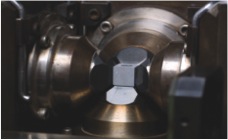
High-Pressure Synthesis
Here, material synthesis is performed under extreme conditions. This technique is useful in the search for high-throughput materials exploration.
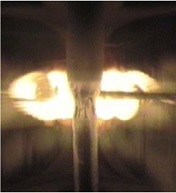
Single Crystal Growth
We have the technique to grow single crystals of materials such as high Tc cuprates and iron-based superconductors with large dimensions and good qualities.
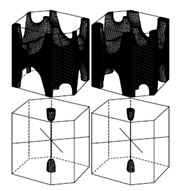
First-Principles Electronic Structure Calculation and Machine Learning
The calculation of the electronic structure and machine learning of anomalous superconducting materials.
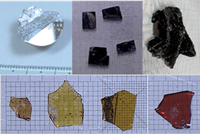
Single crystal samples of superconductors and layered compounds
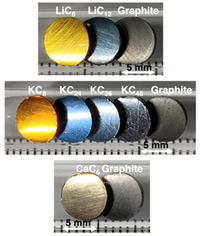
Graphite intercalation compounds synthesized by the Na-catalyzed rapid synthesis
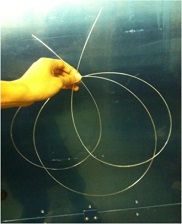
Prototype of superconducting wire using Iron-based superconductor
Our Technologies and Equipments
- Condensed-matter theory, band calculation
- Analytical and numerical simulations for superconducting phenomena
- High-pressure material synthesis
- Single-crystal growth by using floating-zone method, etc.
- Transport measurement under high pressure
- Fabrication of superconducting wires and bulks

